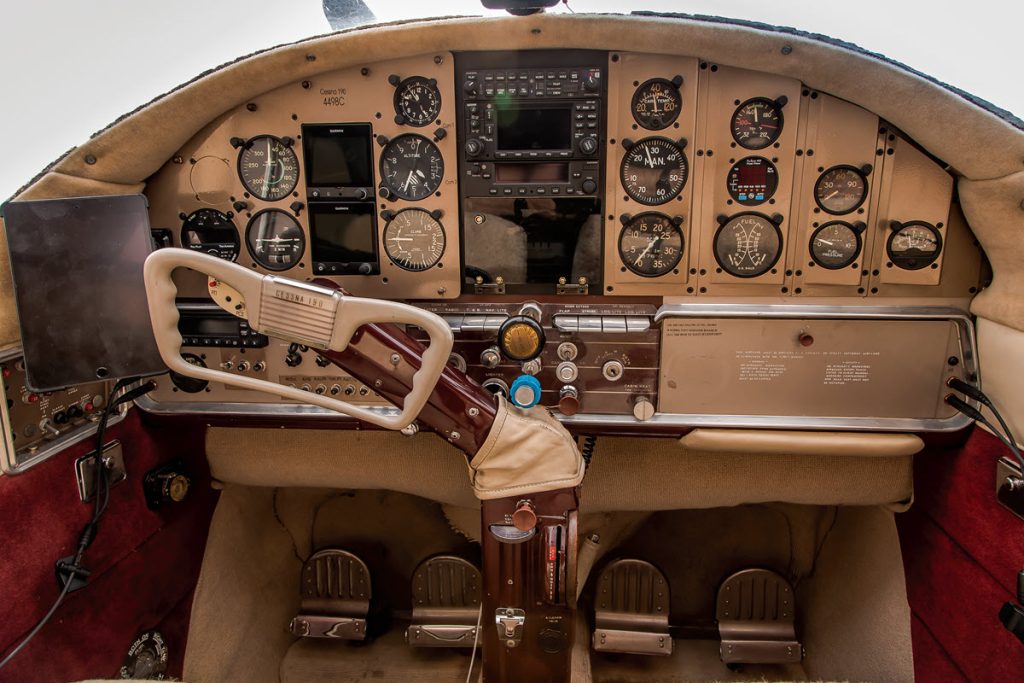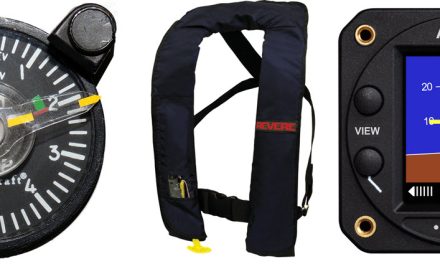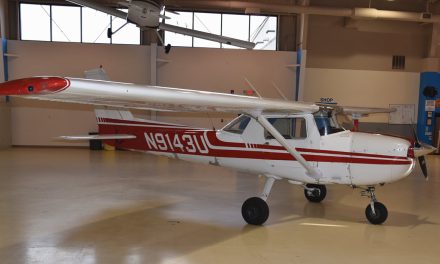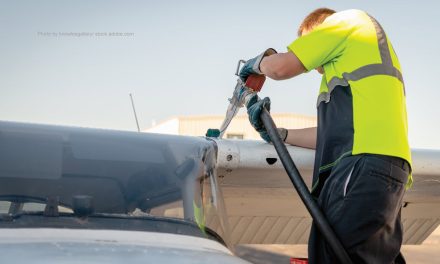
If you’ve been reading my articles for the last nine years, you know I frequently refer to the term “Light IFR.” Sometimes I wonder if I invented the term. I remember a post on the forum from a member who asked the question, “What is this Light IFR?” as though he never heard of the concept. If I did invent it, it would have been years ago as a fledgling avionics consultant at Eastern Avionics in the late ’90s.
Consulting vs. Selling
I emphasize the word “consultant” here because that’s always been my approach to sales. Before I joined Eastern in 1997, I had a varied career in sales in retail, radio advertising and management, air conditioning, ski and tennis equipment, marine antiques, and, finally, avionics. In each of these sales positions, most customers are seeking equipment and advice. You have salespeople who are “closers.” They shine in the timeshare, insurance. and car sales markets, even the cemetery plot market, which I actually did briefly while building an indoor air quality business in Maine.
I had a Cherokee Six at the time, but I failed badly at being a closer. That’s simply because I am a consultant, which means to me … there’s a lot of advising going on and very little “closing.” Sales managers love closers, but they didn’t like me, which is ironic, since I was a sales manager in the radio, air conditioning, and retail markets, and I was very successful at it because I taught my salespeople to be advisers, not closers.
When Is “the Best of the Best” Actually Needed?
Clients frequently ask me for recommendations of shops that I know, and trust and I frequently have a shop I can recommend as close to their home airport as possible. Having an avionics relationship is good and having it closer to home is better. A recent client from California sent me a quote from a shop in Florida. We had established a plan for her new Cherokee 180, and she was seeking a fair quote. She actually found one in Florida, but I suggested that didn’t make sense.
Part of her plan was a Trio Pro Pilot autopilot, and I suggested she contact Jeff Odum at the STC Group in Oxnard, California. Jeff had previously done an install on a client’s Cherokee 235, and he provided a fair quote to install not only the Pro Pilot but the entire avionics package. Jeff’s quote was fair and he, as the representative for Trio, recognizes that the Pro Pilot is just that, a Light IFR autopilot designed for the needs of Light IFR and priced consistently with the typical budget of a Light IFR pilot flying a legacy aircraft.
It was another client’s request for a shop recommendation in the Northeast that prompted this article. In this situation, I didn’t have a shop in his area that I had recent experience with, so I dug into the “archives” and contacted a shop that I knew well years ago. Prior to sending my client in his direction, I gave the shop a call. He was unaware of what I had been doing since my semi-retirement from avionics sales, and I discussed my client’s plan with him. He rejected it, and in doing so, rejected the “concept” of Light IFR altogether. His sales philosophy is that any aircraft that flies in IFR should have “the best of the best.”
He also refused to install two of the products that were in my client’s plan because they weren’t Garmin. One was the new Trig nav/comm, and the other was the Trio Pro Pilot. I ended the conversation by emphasizing that my role is as a consultant. I told him that he, on the other hand, is a “salesperson.” I know I offended him and chose not to send my client in his direction and wondered how many Light IFR aircraft owners were oversold by this shop and the philosophy that all IFR is hard. It isn’t and, in fact, I believe there are four potential missions for a GA pilot: VFR, Light IFR, True IFR, and Business Flying, which are categorized by distinct needs and capabilities. VFR is obvious. Light IFR we will discuss later.
The True IFR Pilot
True IFR involves an experienced IFR pilot who is capable and equipped for extended flight in the clouds and is prepared to do approaches below 500 AGL, including approaches to minimums. True IFR is also needed for Business Flying. We all know about “get-home-itis.” Business flying is IFR motivated by profit (simply said) and, with it, comes the potential for “get-to-the-appointment-itis,” in which the pilot flies into weather conditions they might otherwise avoid in order to get to the client. Frankly, this is where a need for the “best of the best” equipment comes in, and you’ll see these pilots in better aircraft with the latest in avionics technology.
An example of this is Garmin’s G500 EFIS and GTN upgrades to the TXi series. Simply stated, the TXi upgrade includes a faster processor and improved screen. I never heard any complaints about processor speed in the original GTNs, but I was surprised to see the number of non-TXi 750s and G500s that showed up on the used market after the TXi came to market. Some missions do call for the “best of the best.”
It’s my philosophy that the majority of IFR pilots are, in fact, Light IFR pilots. The concept is simple. Light IFR pilots use their instrument ticket conservatively to get away from trouble. The “True” IFR pilot has no qualms about taking off in a 300-foot ceiling in rain and spending most of their flight in the clouds. The next thing they see is the end of the runway at their destination airport as they descend through a GPS or ILS approach. They do this more frequently, and often have a faster, more expensive aircraft and a well-equipped panel. Their panel often includes big-screen EFIS, a higher redundancy level, often with a large format Integrated Navigator and a smaller Integrated Navigator as backup. This means they have dual comms, dual IFR GPS, and dual ILS with everything displayed in large format, including primary engine management.
In harder WX, if you lose your primary nav sources, you don’t want to “settle” for a lesser backup option like a nav/ comm with ILS only. They also are equipped with an autopilot with all the bells and whistles including a go-around button. Business flyers often have active WX (stormscope or radar) and Traffic and, therefore, are not dependent on ADS-B, although they will have “certified” ADS-B (from something like the Garmin GTX 345 or L3 Lynx) that is displayed on the EFIS (versus on an iPad). The aircraft itself will have protection against icing seldom found on the aircraft used or needed in the Light IFR environment. The Light IFR pilot and aircraft owner has no desire to go anywhere near these conditions.
The rest of this article can be seen only by paid members who are logged in.Have a website login already? Log in and start reading now.
Never created a website login before? Find your Customer Number (it’s on your mailing label) and register here.
JOIN HERE
Still have questions? Contact us here.





